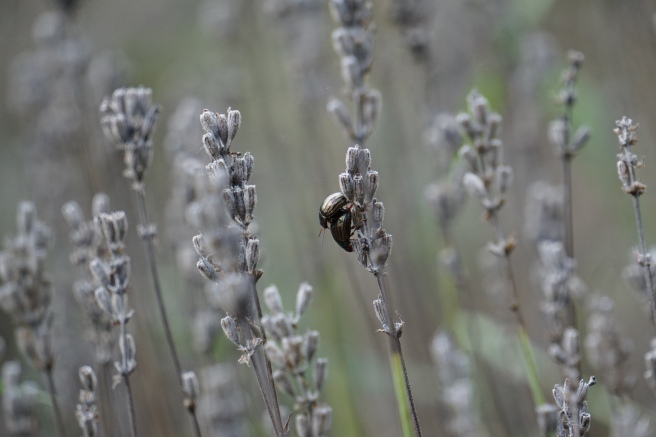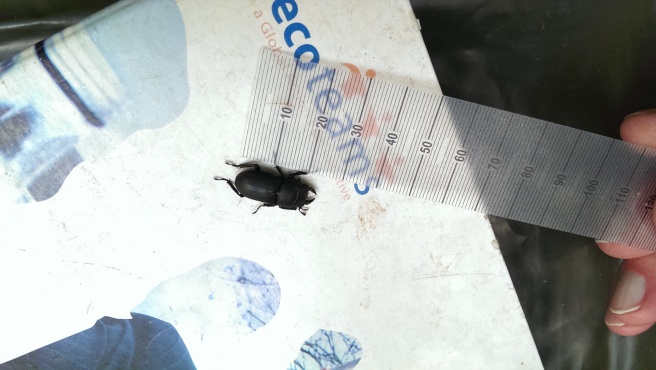
The captive birds at London Wetland Centre certainly envy the resident moorhens. You’ll find moorhens in the tundra area, the wooded patch, the swampy spot, completely at home next to the non-native collection species from all over the world. Every little enclosure has got its moorhen. They are even taking advantage of the feed provided for the other birds in some surprising ways…

(Dear reader, I apologise in advance if you are eating while reading this post. The topic in the next paragraph is a little revolting.)
Here are two moorhens, a juvenile with a parent, keenly watching the emperor geese. What are they looking for? Fresh droppings. When no uhm… second-hand food was coming for a while, the moorhens even pecked the slow-digesting geese under the tail. Most geese didn’t seem to mind it, only one got angry and chased the impatient moorhens away. While it may be a good way to get a meal with little effort, it carries a high risk of getting parasites and contracting diseases from the geese. Fortunately, it’s not a very common behaviour when other sources of food are available.
Coots are known for their cantankerousness, but the related moorhens also don’t shy away from a good fight.

The quarreling pair soon attracted an audience (of other moorhens; the ducks took no notice whatsoever).

All nearby moorhens rushed to see what the fuss was about. Short fights broke out among the spectating birds, which apparently got too excited watching the main duel. Five minutes later the commotion died down and the moorhens calmly swam away to get back to what they had been doing before.
The South side of the Wetland Centre features some beautiful wildlife-friendly gardens. Although I’m not sure how much they have changed over the years, one has had a lavender patch for at least a couple years. In early October the lavender was way past its prime, yet it attracted attention with small spots of vivid colour. The rosemary beetles.

These stunning beetles arrived in the UK about 20 years ago on garden plants imported from Southern Europe. They are considered pests, for their larvae feed on rosemary, lavender and thyme. I wonder how the lavender patch at the Wetlands is doing, and how it will fare next year. Will the resident birds be enough to keep the beetles in check and prevent too much damage to the lavender? Or will the plant suffer so much that the WWT staff will have to take action by removing the beetles manually when spotted? Spraying the garden with chemicals (hopefully) isn’t an option, considering that the residents of the bug hotels located therein would also suffer. The beetle larvae should be hatching now. Let’s see what happens.








